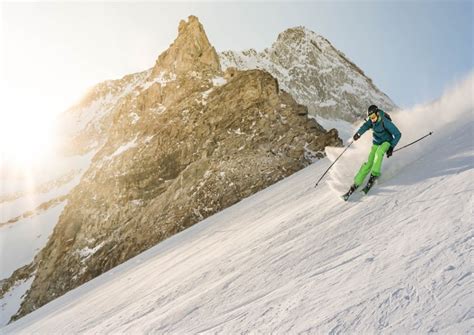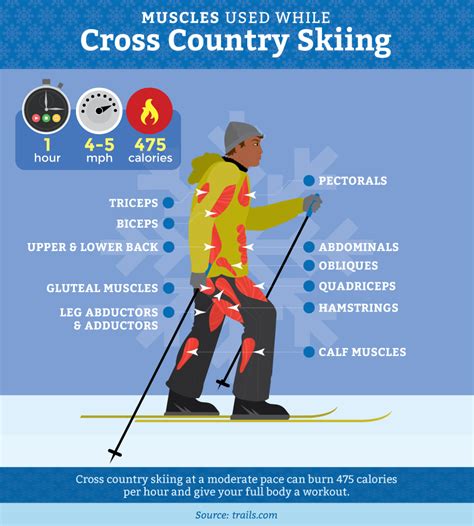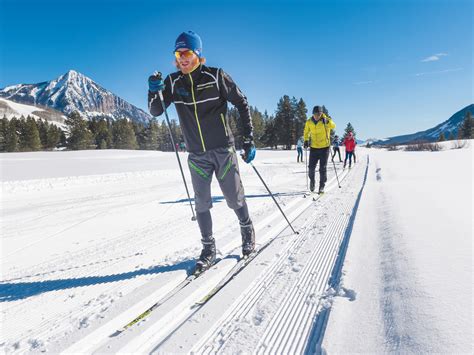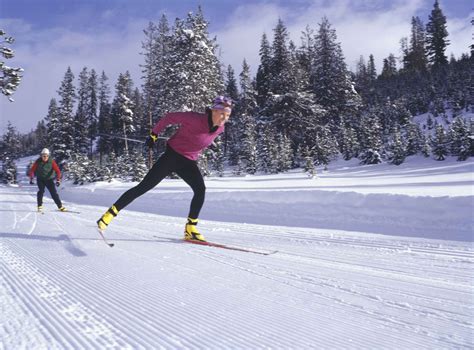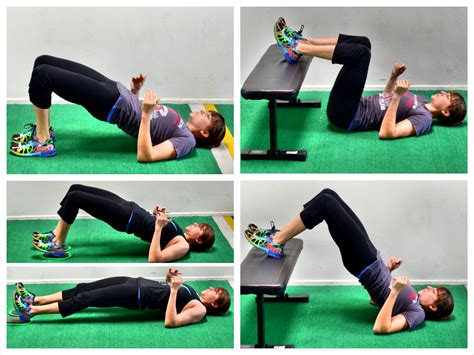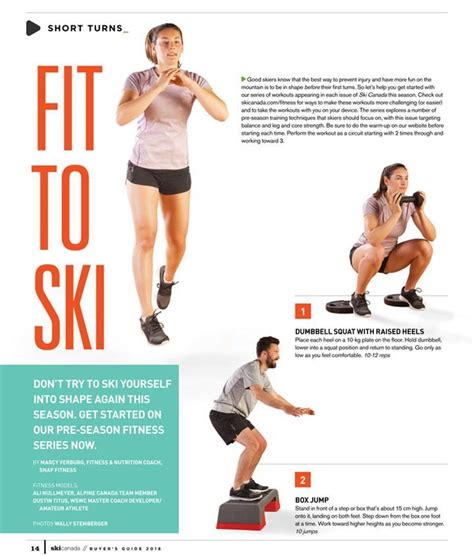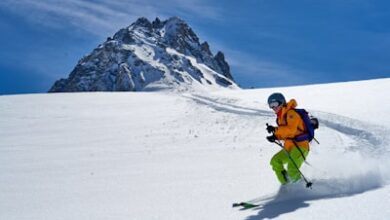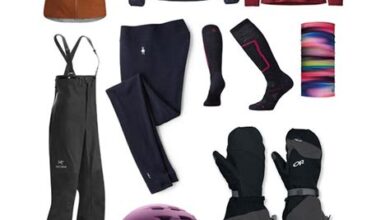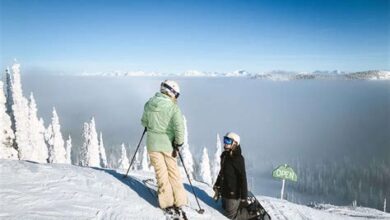Is Skiing A Good Workout?⏬
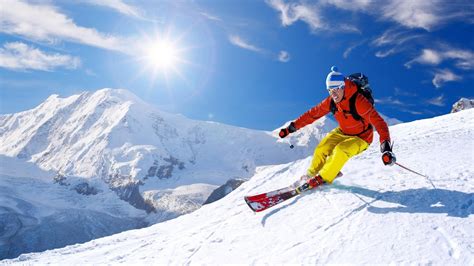
Explore the fitness benefits of skiing for beginners, weight loss, glutes, and core strength in downhill and cross-country skiing.When the snow begins to powder the slopes, ski enthusiasts and beginners alike buckle their boots and rush to the mountains in search of that thrilling downhill rush. But beyond the adrenaline and the breathtaking alpine views, is there more to skiing than meets the eye? Can those hours carving down the slopes and traversing cross-country trails double as a rigorous workout session? Whether you’re a seasoned pro or someone strapping on skis for the first time, you might be surprised at the variety of health benefits this winter sport has to offer. From its potential for weight loss to the targeted muscle groups like the glutes and core, we’ll glide through the ins and outs of skiing as a form of exercise. Join us as we explore the workout wonders hidden within this frosty, fun-filled activity.
Is Downhill Skiing a Good Workout
Downhill skiing, also known as alpine skiing, is not only a thrilling sport that countless enthusiasts eagerly await all winter, but it is also an excellent workout that benefits various muscle groups and boosts overall health and fitness. When engaging in downhill skiing, individuals undertake a dynamic exercise that combines cardiovascular effort with strength training, resulting in a comprehensive workout session.
For those questioning whether downhill skiing serves as a good workout for beginners, the answer is affirmative. Beginners may not be navigating the most challenging slopes, but the fundamental movements required in skiing, such as maintaining balance, controlling speed, and executing turns, inherently work out the legs, core, and even the upper body to some extent. This physical engagement ensures that beginners get a significant workout as they learn the ropes of this exhilarating sport.
In the context of weight management and fitness, one might ponder if downhill skiing is a good workout for weight loss. The activity is indeed calorie-intensive, with the average person burning anywhere from 300 to 600 calories per hour, making it a viable addition to a weight loss exercise regimen. The actual number of calories burned will depend on one’s weight, intensity of skiing, and skill level, among other factors.
Furthermore, enthusiasts aiming to target their glutes might find downhill skiing to be an excellent choice. The sport requires the engagement of the gluteal muscles for stabilization and power during turns and while maintaining a squat-like position to navigate slopes, which in turn strengthens and tones these muscles over time.
Lastly, when assessing whether downhill skiing is a good workout for the core, it boasts a resounding yes. The core muscles are essential for maintaining balance and control while skiing. Stability is crucial, especially when going downhill at varying speeds and terrains, making skiing an effective way to build core strength and improve balance.
- The cardiovascular benefits of downhill skiing help improve heart and lung function.
- It engages key muscle groups, including quads, hamstrings, calves, and the core, for a full-body workout.
- Downhill skiing enhances flexibility and balance, reducing the risk of injury in everyday activities.
- It’s an enjoyable form of exercise, which makes it easier to stick to and incorporate regularly into one’s lifestyle.
| Aspect of Fitness | Benefit from Downhill Skiing |
|---|---|
| Cardiovascular Health | Improves heart rate and endurance through prolonged activity. |
| Muscle Strength | Builds leg and core strength with continuous use of muscle groups. |
| Flexibility & Balance | Enhances joint flexibility and balance skills required for navigating slopes. |
| Weight Management | Assists in calorie burn and fat reduction when practiced regularly. |
| Mental Well-being | Contributes to mental health by promoting outdoor activity and reducing stress levels. |
Is Skiing a Good Workout for Beginners
For those who are just starting their journey into the exhilarating world of skiing, the question of whether skiing is a good workout for beginners is an important one. In essence, skiing offers a comprehensive workout that challenges multiple muscle groups, enhances cardiovascular endurance, and improves coordination and balance. Thus, novices can rest assured that picking up skiing can be a delightful way to stay fit, all while enjoying the scenic beauty of snowy slopes.
Beginning skiers often find that skiing demands a significant level of physical exertion. When starting this sport, they engage various muscle groups, such as the quads, hamstrings, and glutes, particularly when maintaining proper form and control during descents. This point can be illustrated by considering how skiing is a good workout for glutes due to the constant need to remain in a semi-squat position, thus keeping the glute muscles activated.
From a cardiovascular standpoint, skiing is a good workout as well. Constant movement at various intensities means the heart rate is continually elevated, propelling skiing to an efficient method of burning calories, which aligns with the perspective that skiing is a good workout for weight loss. This aspect is especially true for cross-country skiing, which is known to offer one of the most demanding cardiovascular workouts due to the prolonged nature of the activity.
Beyond the cardiovascular and muscle-toning benefits, skiing also offers a unique way to enhance core stability. As skiers navigate through the slopes, they must constantly adjust their balance against the dynamic terrain. It underscores the notion that skiing is a good workout for the core, requiring the engagement of abdominal and back muscles to maintain an upright position and control.
Incorporating the elements of a full-body workout, skiing can indeed be tailored to suit fitness enthusiasts at every level—including beginners. While downhill skiing may be intimidating at first, it can also contribute to overall fitness and well-being, as long as skiers are mindful of their limits and practice safely. Everyone can find pleasure and health benefits from these snow-draped adventures, making skiing not only a sport but a lifestyle of wellness and fun.
Is Cross Country Skiing a Good Workout
Engaging in cross country skiing provides a multitude of health benefits that cater to various fitness levels, making it an exceptional full-body workout. This winter sport offers a remarkable cardiovascular exercise due to the sustained physical exertion required when propelling oneself across snowy landscapes. When determining if cross country skiing is a beneficial workout, one must consider its impact on endurance, strength, weight loss, and muscle toning, particularly for the glutes and core.
For those wondering whether cross country skiing is suitable for beginners, it is encouraging to note that this sport can be tailored to a range of abilities. The low-impact nature of skiing allows beginners to gradually build up their fitness levels. By mastering the basic techniques and pacing themselves on gentler trails, novices can significantly enhance their stamina and strength without overwhelming their bodies.
When assessing cross country skiing as a workout for weight loss, the high caloric expenditure involved makes it an excellent choice. This aerobic activity efficiently burns calories and fat, contributing to overall weight management and improved body composition. Skiers can burn hundreds of calories per hour, depending on their weight, intensity, and terrain difficulty, all of which supports a healthy weight loss regime.
Focusing on the specific muscular benefits, cross country skiing is particularly effective for toning and strengthening the glutes and core muscles. The dynamic movements required to push and glide across the snow engage the gluteal muscles extensively. Furthermore, maintaining balance and stability during the activity recruits the core muscles, thereby providing a comprehensive workout for these key muscle groups.
| Benefits of Cross Country Skiing | Description |
|---|---|
| Cardiovascular Fitness | Improves heart and lung function through sustained exertion. |
| Weight Loss | High-calorie burn contributes to fat reduction and weight management. |
| Muscle Toning | Strengthens and tones muscles, especially in the glutes and core. |
| Endurance | Builds stamina and overall physical conditioning over time. |
| Low-Impact Exercise | Provides a joint-friendly workout option for individuals of all ages. |
- The rhythmic motion of cross country skiing promotes cardiovascular health and increases endurance.
- Consistent practice can lead to significant weight loss and improved body composition.
- As a full-body exercise, it engages multiple muscle groups, including the glutes and core, for comprehensive strength building.
- Suitable for people of varying fitness levels, from beginners to advanced athletes.
Is Skiing a Good Workout for Weight Loss
When approaching the topic of weight loss, it’s important to consider various activities and how they contribute to your overall fitness goals; thus, determining whether downhill skiing can significantly burn calories is pertinent to this discussion. While the sport does encompass periods of rest during lift rides to the top of slopes, the intense bursts of activity that characterize the downhill action engage multiple muscle groups.
Focusing specifically on beginners in the realm of skiing, the physical exertion involved in learning to maintain balance, control direction, and avoid obstacles ensures that skiing can indeed offer a substantial workout to those newly introduced to the sport. Although the amount of effort may vary, the constant need to adjust one’s stance and react to the terrain provides a dynamic challenge that contributes to energy expenditure.
Transitioning to the domain of cross-country skiing, this variation stands out as one of the most rigorous cardiovascular workouts amongst winter sports. The combination of upper and lower body coordination propels the skier forward, invoking a full-body workout that is exemplary for individuals seeking an exercise that maximizes calorie burn.
Regarding the conditioning of specific muscle groups, one cannot overlook the remarkable impact that skiing has on the glutes. The necessity to squat and maintain a crouched position as one manoeuvres down the slopes results in significant activation and strengthening of the gluteal muscles, which plays a conducive role in bolstering one’s fitness regime.
Moreover, the core muscles receive an incredible amount of attention while skiing. The act of maintaining balance and stability as you navigate through varied terrains ensures that skiing serves as an excellent workout for the core. The engagement of abdominal and lower back muscles is continuous throughout the exercise, facilitating improved posture and balance that can translate into other areas of physical activity.
Is Skiing a Good Workout for Glutes
Skiing, with its dynamic motions and need for constant balance, offers a robust workout for various muscle groups, particularly the glutes. When asking, Is skiing a good workout for glutes? one should consider the distinctive requirements of the sport. Engaging the glutes is crucial to maintain proper form and leverage in making skillful turns and controlling one’s descent down the slopes.
It’s crucial to note that downhill skiing primarily targets the gluteus maximus, the largest muscle in the gluteal group, with its repetitive squatting motion and lateral movements. Furthermore, the constant act of stabilizing the body to adapt to the terrain intensifies the engagement of the glutes. Every twist, turn, and even the basic stance assumed during skiing acts as an isometric exercise for the gluteal muscles.
For those wondering if skiing can serve as an adequate workout for the gluteal region, the answer is affirmed through the various benefits the sport offers. These include improved muscle definition, increased strength, and better muscular endurance in the glutes. Below is a summary of the specific benefits skiing offers to this essential muscle group:
- Enhanced Muscle Tone: The dynamic nature of skiing stimulates the glute muscles, promoting better shape and tone.
- Increased Strength: Regular skiing can lead to stronger glutes due to the muscle’s engagement when maneuvering down the mountain.
- Endurance: Extensive skiing sessions contribute to enhanced muscular endurance in the glutes, improving overall athletic performance.
In conclusion, skiing does indeed exert the glutes and can be an excellent workout for those seeking to target this specific area. Below is a table illustrating the various aspects of how skiing benefits the glute muscles:
| Gluteal Benefits | Description |
|---|---|
| Neuromuscular Activation | Engaging the glutes throughout skiing aids in improving neuromuscular connections. |
| Muscle Hypertrophy | Consistent skiing can lead to muscle growth within the gluteal region. |
| Functional Strength | The practical strength gained from skiing can correlate to improved performance in other activities. |
Is Skiing a Good Workout for the Core
Engaging in downhill skiing can indeed serve as an exceptional fitness activity, particularly for fortifying the core muscles. As skiers navigate the slopes, their bodies are in a constant state of adjustment to maintain balance and control, which naturally involves the engagement of their abdominal, oblique, and lower back muscles. This not only enhances overall stabilization but also contributes to building a more robust and resilient core over time.
For those at the inception of their fitness journey, skiing may appear to be daunting – yet it poses as a commendable workout for beginners. The key lies in the cultivation of foundational strength and balance, which reinforces the core muscles. Beginners will find that the demands of maintaining an upright position on skis, coupled with the act of mastering basic maneuvers, provide a gentle but effective workout to these vital muscle groups.
When contemplating the intensity of a skiing workout, cross-country skiing stands out distinctly. This variant of the sport requires a substantial amount of endurance and strength, with the core playing a pivotal role in both propelling the skier forward and maintaining a centered, efficient posture. Due to the dynamic, full-body nature of the exercise, cross-country skiing is lauded for its core strengthening benefits.
Skiing for weight loss is another dimension where the core benefits significantly. As skiing can burn a high number of calories – with downhill skiing consuming between 300 to 600 calories per hour, and cross-country skiing even more – it also aids in fat loss which can lead to a more defined and toned midsection. Additionally, the high-intensity nature of skiing makes it an excellent candidate for boosting metabolism, which further supports weight loss efforts.
Lastly, directly addressing the query, Is skiing a good workout for glutes?, one discovers that skiing indeed places considerable demand on the gluteal muscles. The action of maintaining a bent-knee position, akin to a squat, particularly targets the glutes and the core simultaneously. Therefore, not only does it fortify the core, but it also serves to sculpt and strengthen the buttocks, offering an efficacious lower body workout.
- The consistent engagement of abdominal, oblique, and lower back muscles during skiing accentuates core strength.
- Beginner skiers experience core engagement through the act of balancing and maneuvering on slopes.
- Cross-country skiing involves continuous core utilization for movement and posture.
- Heightened calorie burn during skiing aids weight loss, promoting a more toned core.
- Glute strengthening from skiing positions correlates directly with increased core workout intensity.
| Skiing Activity | Core Muscle Groups Engaged |
|---|---|
| Downhill Skiing | Abdominals, Obliques, Lower Back |
| Skiing for Beginners | Stabilizers, Balance Muscles |
| Cross-Country Skiing | Complete Core (Including Hip Flexors) |
| Skiing for Weight Loss | Abdominals (through high-calorie burn) |
| Skiing for Glutes | Glutes and Core Synergistically |
Frequently Asked Questions
What are the health benefits of skiing?
Skiing offers a variety of health benefits including improving cardiovascular endurance, strengthening lower body muscles, enhancing balance and coordination, and burning calories. It can also boost mood and mental well-being.
Can skiing help with weight loss?
Yes, skiing can be effective for weight loss as it is a high-calorie-burning exercise, especially if performed vigorously and for longer durations. It combines aerobic endurance with resistance training.
Is skiing suitable for all fitness levels?
Skiing can be adapted to different fitness levels. Beginners can start on easier slopes and progress to more challenging terrain as their skills and fitness improve. However, those with certain medical conditions should consult a doctor first.
What muscle groups are primarily worked while skiing?
Skiing primarily works the lower body muscles such as the quadriceps, hamstrings, glutes, and calves. It also engages the core muscles for balance and stability.
How does skiing compare to other forms of cardio workouts?
Skiing is a unique cardio workout as it combines elements of endurance training with balance, agility, and strength, offering a full-body workout. Unlike running or cycling, skiing also provides low-impact resistance, which is easier on the joints.
What safety measures should one take when skiing to prevent injury?
Safety measures include wearing appropriate gear like helmets and goggles, using well-maintained skis and bindings, understanding and adhering to the ski resort’s rules, and taking lessons if you’re a beginner to learn proper technique.
How often should I ski to get a good workout?
The frequency of skiing for a good workout depends on your physical condition and skiing intensity. For substantial health benefits, aim to ski regularly throughout the season, complementing it with off-season exercises. Always allow time for adequate rest and recovery.

